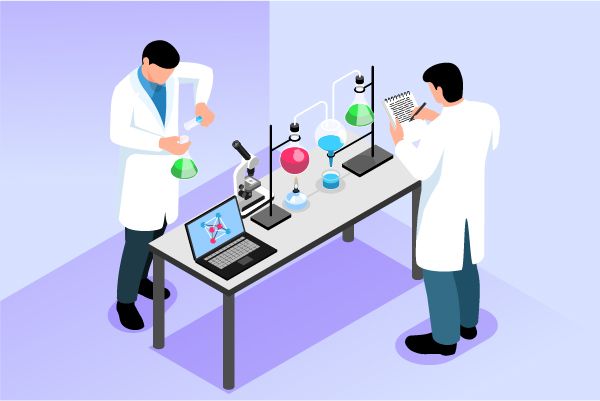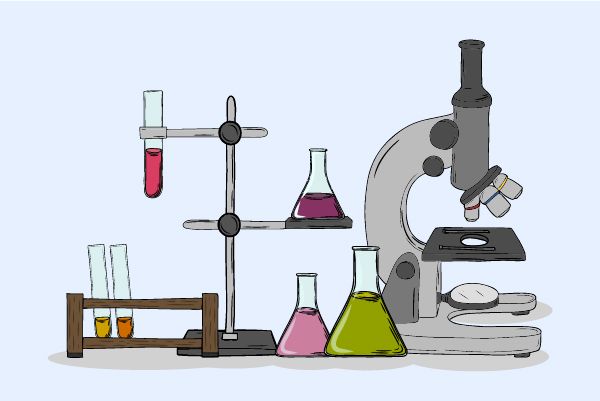Request Demo
Pharmaceutical Insights
Navigate pharmaceutical trends with our insights on targets, institutional pipelines, clinical advances, and new drugs.

Recent blog posts
Drug Insights
4 min read
Exploring Cefadroxil's Revolutionary R&D Successes and its Mechanism of Action on Drug Target
12 September 2023
This article summarized the latest R&D progress of Cefadroxil, the Mechanism of Action for Cefadroxil, and the drug target R&D trends for Cefadroxil.
Latest Hotspot
4 min read
Clinical trials starts for DS-3939, aimed at treating a variety of complex Advanced Solid Cancers
12 September 2023
Daiichi Sankyo has declared that the first patient has been dosed in a first-in-human Phase 1/2 examination evaluating DS-3939.
Valuable Targets
6 min read
Observations on the Use of CB1 Antagonists in Disease Treatment
12 September 2023
The Cannabinoid receptor 1 (CB1), as one of the most classic receptors of the Endocannabinoid system (ECS), is a G protein-coupled membrane receptor.
Drug Insights
4 min read
Deep Scientific Insights on Cefaclor's R&D Progress, Mechanism of Action, and Drug Target
12 September 2023
This article summarized the latest R&D progress of Cefaclor, the Mechanism of Action for Cefaclor, and the drug target R&D trends for Cefaclor.
Latest Hotspot
3 min read
VBI Vaccines starts administering their first doses to patients in the Phase 2b trial of VBI-1901
12 September 2023
VBI Vaccines Inc., a biopharma company specializing in immunology, announced that its cancer immunotherapy vaccine candidate, VBI-1901, has begun a Phase 2b trial in patients with first recurrence glioblastoma.
Drug Insights
5 min read
An In-depth Analysis of Adenine's R&D Progress and Mechanism of Action on Drug Target
12 September 2023
This article summarized the latest R&D progress of Adenine, the Mechanism of Action for Adenine, and the drug target R&D trends for Adenine.
Valuable Targets
5 min read
Progress in Research on CCR5 Antagonist Drugs
12 September 2023
CCR5, or C-C chemokine receptor type 5, is a protein receptor found on the surface of certain immune cells, including T cells and macrophages.
Drug Insights
4 min read
Acepromazine: Detailed Review of its Transformative R&D Success, Mechanism of Action, and Drug Target
12 September 2023
This article summarized the latest R&D progress of Acepromazine, the Mechanism of Action for Acepromazine, and the drug target R&D trends for Acepromazine.
Latest Hotspot
4 min read
4DMT reports its first patient for the 4D-150 Phase 2 SPECTRA Clinical Examination in DME
12 September 2023
4D Molecular Therapeutics has begun the Dose Confirmation stage of their Phase 2 SPECTRA trial, enrolling their first patient. The trial evaluates intravitreal 4D-150 for treating diabetic macular edema.
Drug Insights
4 min read
Deep Scientific Insights on Metolazone's R&D Progress, Mechanism of Action
12 September 2023
This article summarized the latest R&D progress of Metolazone, the Mechanism of Action for Metolazone, and the drug target R&D trends for Metolazone.
Valuable Targets
5 min read
Latest Developments in the Research and Development of CB1 agonists
12 September 2023
CB1 receptors play a vital role in regulating various physiological processes such as pain perception, appetite, mood, memory, and motor coordination.
Latest Hotspot
3 min read
Positive Interim results of phase IIa trial for FG001 in head and neck cancer, presented as a case reports at the World Molecular Imaging Congress
12 September 2023
FluoGuide A/S is delighted with the preliminary findings from the FG001 study concerning cancer surgery guidance in head & neck cancer patients.











